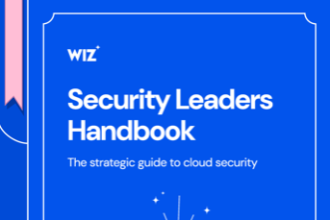Search
Top Stories
Explore the latest updated news!
Stay Connected
Find us on socials
Made by ThemeRuby using the Foxiz theme. Powered by WordPress

Kubernetes Security: Solving Secrets. Common Challenges

While Kubernetes built-in security solutions do not cover all potential issues, there is no shortage of security solutions within the Kubernetes ecosystem.
While a number of Kubernetes security issues exist, the three most important to consider are:
- Configuring Kubernetes security controls: When deploying Kubernetes yourself from open source, none of the security controls are configured out of the box. Figuring out how they work and how to securely configure them is entirely the operator’s responsibility.
- Deploying workloads securely: Whether you are using a Kubernetes distribution with pre-configured security controls or building a cluster and its security yourself, developers and application teams who may not be familiar with the ins and outs of Kubernetes may struggle to properly secure their workloads.
- Lack of built-in security: While Kubernetes offers access controls and features to help create a secure cluster, the default setup is not 100% secure. Organizations need to make the right changes to the workloads, cluster, networking, and infrastructure configurations to ensure Kubernetes clusters and containers are fully secure.
Download eBook
Copyright © 2023 Content Lead, All Rights Reserved.



